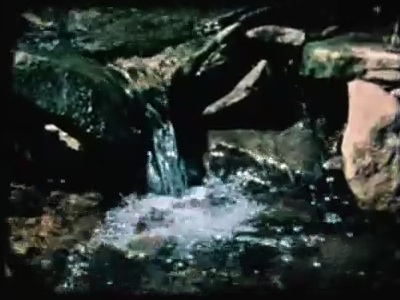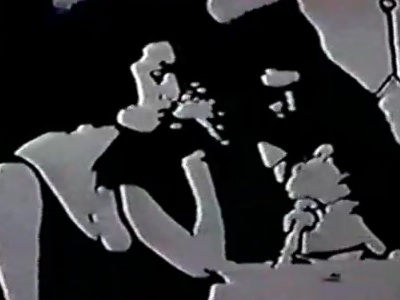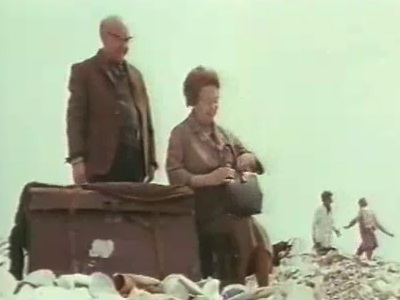On Thursday the 12th n.e.w.s. contributor, Branka Ćurčić was our guest lecturer for the evening programme and during the day, Branka and I did studio visits. Branka is member of new media center_kuda.org, Novi Sad, Serbia and the editor of the recent publication, Reader ID: Ideology of Design, published by AUTONOMEDIA, which she will discuss along with past projects. In what way are design practices perceived and understood today and in what way can one follow their crucial development during the last decades of the 20th century and their connections with artistic practices and critical discourses? The issue is raised about meaning of contemporary design as one of the main proponent of creative industries which, refracted through an ideological prism of neoliberal capitalism preserve the exploiting relationship regarding creativity and the creative personae. Today, there is the question of possibility to practice design outside dominant functionalist principles and the market-dictated production and consumption, i.e., is there a possibility to conduct politization of design practices today? During her evening lecture Branka also gave an overview of autonomous spaces in former Yugoslavia, the ways in which artistic projects were carried out and understood, offering the potential for deregulation and critique. Nowadays times have changed and places and spaces like Kuda and Youth Center CK13 are supported by outside investment along with setting up internal models for sustainability (music concerts, selling books, lectures, etc). It still begs the question whether cooperation with neoliberal art institutions is possible.
Friday we were in Amsterdam visiting a ‘secret space’ proposed by Brigitte van der Sande, free-lance curator. Her project 2030: War Zone Amsterdam is an exercise in imagining the unimaginable: civil war in your own city in the year 2030. A cease-fire has just been announced, and a group of international artists, theatre makers, filmmakers, journalists and intellectuals go out into the city to investigate what the war has done to Amsterdam and its inhabitants. 2030: War Zone Amsterdam names no enemies, provides no answers, but fires questions at a possible future. The artists occupy public space, infiltrate exhibitions, festivals and publications, or seek cover in underground spaces. Brigitte introduced DAI participants to a former bunker in the south of Amsterdam and asked them to think about ways to communicate without the usual means- Internet, mobile phones, etc.
In the afternoon we visited Planet Art in De Volkskrant building and Simon Ferdinando presented his current research project: Rotten Cinema (Rotten Cinema – false sun and the new dawn – no time to think, just gotta keep moving….in several contingencies (or wolves) where he showed You Tube excerpts, culled from his archive that rethinks cinema in terms of light and dark. The Sufi teacher Pir Vilayat Inayat Khan taught that ‘Luciferian Light’ is light that has become dislocated from the ‘divine source.’ Using a series of sub headings Simon ruminated on and illustrated some of the possible means of approaching Luciferian roots and routes of cinema. Including George Bataille, George Jackson (Soledad brother) +Deleuze and Guattari on Anti Oedipus.
Rotten Cinema excerpts: Repo man trailer-Alex Cox 1984, Lumière and Company 1995, The Falls- Peter Greenaway 1980, Schwechater- Peter Kubelka 1958, Adebar -Peter Kubelka 1957, Bedazzeled- Stanley Donen 1967. Recommended to watch: The bed sitting room -Richard Lester 1969. Recommended to read : 1000 plateaus (1914 One or several wolves) Giles Deleuze and Felix Guattari 1987. Visions of excess writings 1927-1939 George Bataille.



